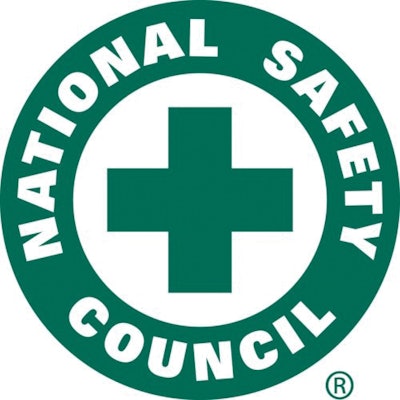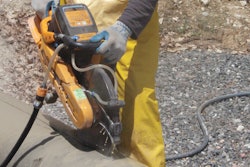
The National Safety Council recently released a new report, Making the Case for Contractor Management: Examining the Safety Benefits of 3rd-Party Management. The report includes an independent analysis of data provided by BROWZ, LLC, a global leader in contractor prequalification and supply chain management solutions. The research tested five hypotheses to investigate if suppliers, contractors and vendors realize improved safety performance as a result of participation in these types of programs. The contractors in the study were found to have better average Total Recordable Rates (TRR), Days Away, Restricted or Transferred (DART) Rates, and Lost Workday Rates (LWR) within individual industries and all industries as a whole.
"Contract workers are a vulnerable population — often performing higher risk jobs in worksites with little to no management supervision," said Amy Harper, PhD, Journey to Safety Excellence & workplace strategy director at the National Safety Council. "A best practice for employers is to have a formal contractor management program that helps "qualify" contractors to meet standards set by the hiring organization. It is encouraging to see this report confirm that these types of programs appear to help protect the contactors in our nation's workforce."
For this report, the Council used a subset of aggregate, anonymized data from the BROWZ Contractor Database, containing 17,460 contractor companies that had joined BROWZ between 2007 and 2015, to test each of the following hypotheses:
- Hypothesis 1: BROWZ contractors in any two-digit industry code will have a better average TRR, DART, and LWR than the industry as a whole.
- Hypothesis 2: The Bureau of Labor Statistics population in any two-digit industry code will have a stronger annual rate of improvement in TRR, DART, and LWR than BROWZ contractors in the same two-digit industry code.
- Hypothesis 3: BROWZ contractors will have better average TRR, DART, and LWR than cross-industry averages.
- Hypothesis 4: BROWZ contractors will not see greater improvement in TRR, DART, and LWR the more years they have been part of the BROWZ universe as compared to the BLS.
- Hypothesis 5: BROWZ contractors in Group A (BROWZ contractors outperforming industry) will have a smaller annual rate of improvement in TRR, DART, and LWR than BROWZ contractors in Group B (BROWZ contractors underperforming industry).
Both hypotheses one and three were supported. While hypotheses two, four and five were not fully supported, NSC validated that all outcomes of the study proved positive and in favor of contractor qualification programs. Detailed results of each hypothesis are outlined in the report.
"Prior to joining BROWZ, I was responsible for the contractor qualification of a large utility company. I saw firsthand the positive impact that BROWZ contractor prequalification made. The solution creates both awareness and helps to educate organizations where safety practices may be lacking. These tools provided management with the information necessary to make business decisions when hiring contractors," said Pat Cunningham, BROWZ Director of Safety. "This study, conducted by NSC reaffirms what I experienced in the field. Contractor prequalification works, and it makes a difference when we are all striving to ensure that workers go home safe each night."
Download the full report at nsc.org/contractormanagement. You can also find free resources to keep your workers safe on the Journey to Safety Excellence at nsc.org/journey.



















